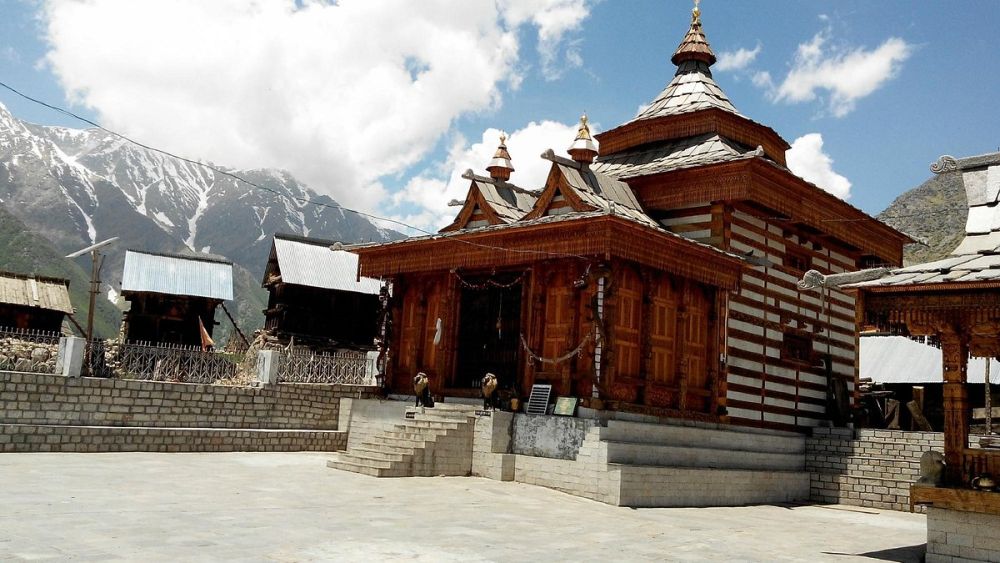

Situated in the beautiful Baspa Valley of Kinnaur district in Himachal Pradesh, India, the Sangla Buddhist Monastery, also known as Bering Nag Temple, has been an important spiritual center for the Buddhist community and a mesmerizing destination for visitors from around the world. The region is known for its stunning landscapes, apple orchards, and rich cultural heritage, drawing the interest of tourists and pilgrims alike.
The history of tourism in Sangla Valley is relatively recent. While the Sangla Buddhist Monastery has been a site of religious significance for centuries, it was only with the opening up of the Kinnaur region to outsiders in the late 1980s that tourism began to develop. The monastery offers a peaceful retreat for those looking to immerse themselves in tranquility and explore the spiritual practices of Buddhism.
The influx of visitors increased progressively as the beauty of the valley and the cultural richness of the Kinnauri people became known. With this, the area around Sangla Monastery started seeing the development of homestays, guesthouses, and activities that cater to the needs of tourists, without compromising the serenity of the locale.
The Sangla Buddhist Monastery itself is a splendid example of Himalayan Buddhist architecture. With colorful frescoes and intricate wood carvings that depict various deities and motifs, it stands as a testament to the skilled craftsmanship of the region. The monastery not only serves as a place of worship but also as a cultural hub, preserving the traditional Kinnauri art and architectural styles that have been passed down through generations.
The monastery is the hub of many Buddhist festivals and rituals that attract visitors, particularly during the Phulaich Festival, also known as the Festival of Flowers, and the Losar Festival, which marks the Tibetan New Year. During these times, the monastery becomes a hive of activity with vibrant dance performances, local music, and the display of ancient Kinnauri traditions.
In recent years, there has been a shift towards sustainable and responsible tourism in the Sangla Valley. Tour operators and local businesses are increasingly aware of the need to preserve the natural environment and the cultural heritage of the area. There is also a growing interest in adventure tourism, with activities such as trekking, camping, and river crossing offered in the vicinity of Sangla. Tourists are now seeking more authentic experiences, engaging with local communities, and participating in cultural exchanges.
Another trend is the rise of digital nomadism, where people are choosing destinations like Sangla for longer stays to work remotely while enjoying the serene landscape. This has prompted the availability of better connectivity and facilities catering to this new segment of travelers.
The Sangla Buddhist Monastery in Himachal Pradesh continues to be a serene destination that offers a blend of spiritual rejuvenation, cultural immersion, and natural beauty. As tourism evolves in the region, the community is working together to ensure that Sangla Valley remains a sustainable and welcoming destination for all who seek its charm and tranquility.